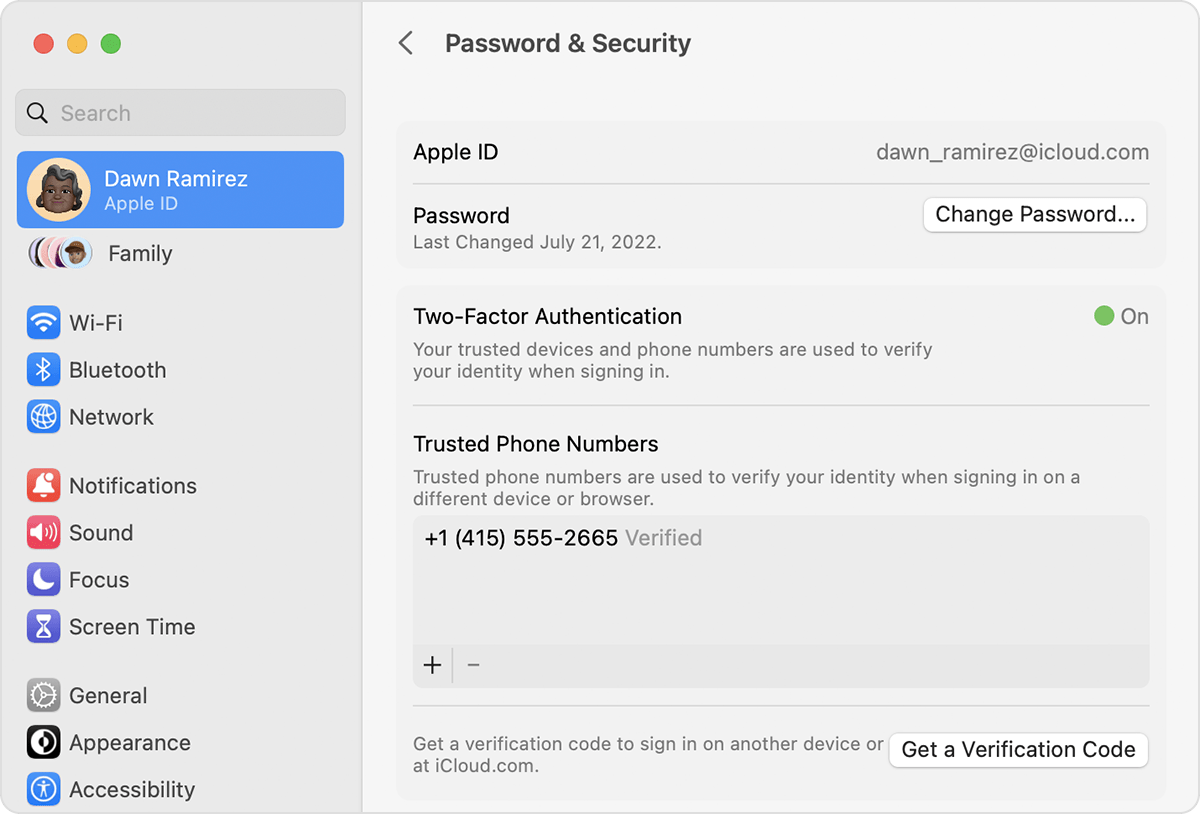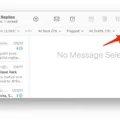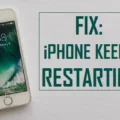If you are a Mac user and have recently changed your Apple ID password, you may encounter a situation where your Mac and iCloud passwords need to be updated. This can happen due to various reasons, such as changing your Apple ID credentials or incomplete/incorrect information associated with your Apple ID.
One common scenario is when you change your Apple ID password on the web or on another device. In such cases, your Mac and other Apple services like the App Store, Apple Music, etc., will prompt you to enter the new password. This is a security measure to ensure that you are the rightful owner of the Apple ID and to protect your account from unauthorized access.
To resolve this issue, you can follow the steps below:
1. Open your Mac and navigate to the password entry prompt. This can appear when you launch certain Apple services or when your Mac has been inactive for a period of time.
2. Enter your new Apple ID password. Make sure it matches the password you recently changed.
3. If you are unable to unlock your keychain or the prompt doesn’t disappear, it’s possible that your user password and keychain password are out of sync. In this case, you can try resetting your login password using a recovery key.
4. Click on the arrow next to “reset it using your recovery key.” If you don’t see this arrow, you can refer to the Apple Support article on what to do if you can’t reset your Mac login password.
5. Enter the recovery key provided to you and click Next. Follow the instructions provided to reset your login password.
By following these steps, you should be able to update your Mac and iCloud passwords and regain access to your Apple ID and associated services.
It’s important to note that keeping your passwords secure and regularly updating them is crucial for maintaining the security of your Apple ID and personal information. Additionally, ensuring that your Apple ID information is complete and up to date can help avoid any issues with password updates or account access.
If you find yourself in a situation where your Mac and iCloud passwords need to be updated, it’s likely due to a recent change in your Apple ID password or incomplete/incorrect Apple ID information. By following the steps outlined above, you can resolve this issue and regain access to your Apple ID and associated services.

Why Does Your Mac Keep Asking For iCloud Password?
There are several reasons why your Mac may keep asking for your iCloud password. Here are some possible explanations:
1. Keychain issues: The Keychain is a password management system on your Mac that stores your passwords for various services, including iCloud. If there is a problem with the Keychain, such as corruption or a password mismatch, your Mac may continuously prompt you for your iCloud password.
2. Mac OS X update: Sometimes, after updating your Mac’s operating system, certain settings and preferences can get reset or disrupted. This can cause your Mac to ask for your iCloud password repeatedly.
3. iCloud account settings: If there is a problem with your iCloud account settings, such as incorrect login credentials or a security issue, your Mac may keep asking for your password to validate your account.
4. Network connectivity issues: If your Mac is having trouble connecting to the internet or the iCloud servers, it may prompt you for your iCloud password to establish a secure connection and verify your account.
5. Two-factor authentication: If you have enabled two-factor authentication for your iCloud account, your Mac may prompt you for your password to generate a verification code. This is an added security measure to protect your account.
To resolve the issue of your Mac continuously asking for your iCloud password, you can try the following troubleshooting steps:
– Verify your Keychain: Open the Keychain Access application on your Mac and make sure your iCloud Keychain is working correctly. You can also try resetting your Keychain if necessary.
– Update your Mac: Check for any available software updates for your Mac and install them. This can help fix any bugs or issues that may be causing the password prompts.
– Check iCloud account settings: Go to System Preferences > iCloud and ensure that your account details are correct and that there are no issues with your account.
– Restart your Mac: Sometimes, a simple restart can fix temporary glitches or connectivity issues.
– Reset iCloud settings: If all else fails, you can try signing out of your iCloud account on your Mac and then signing back in. This can help refresh the settings and resolve any underlying problems.
If the problem persists, it may be helpful to contact Apple Support for further assistance. They can provide more specific guidance based on your individual situation.
Why Are You Being Asked to Update Your Apple ID Password?
There are several reasons why you may be asked to update your Apple ID password:
1. Security: Apple takes the security of your account seriously, and regularly updating your password helps protect your personal information and prevents unauthorized access.
2. Recent password change: If you recently changed your Apple ID password on the web or on another device, you will be prompted to enter the new password on all your devices. This ensures that all your devices are synchronized and can access your Apple ID services.
3. Account compromise: In some cases, Apple may detect suspicious activity on your account, such as multiple failed login attempts or unusual login locations. As a precautionary measure, they may require you to change your password to ensure the security of your account.
4. App Store and Apple Music: When you update your Apple ID password, you will also need to enter the new password for services like the App Store, Apple Music, iTunes, and iCloud. This ensures that your account remains secure across all Apple services.
5. Password expiration: In certain cases, particularly for enterprise or education accounts, administrators may enforce password expiration policies. This means that you will be prompted to update your password after a certain period of time to maintain account security.
You may be asked to update your Apple ID password for security reasons, due to a recent password change, account compromise, or password expiration policies. It’s important to follow these prompts to ensure the security of your Apple ID and associated services.
Why is Your Mac Asking You to Update Apple ID Settings?
There are several possible reasons why your Mac is asking you to update Apple ID settings. These reasons include:
– Change in Apple ID password: If you recently changed your Apple ID password, your Mac will prompt you to update the Apple ID settings to reflect the new password. This is done to ensure the security of your Apple ID and protect your personal information.
– Incomplete or outdated Apple ID information: If your Apple ID information is incomplete or not updated, your Mac may ask you to update the settings. This can happen if you have recently changed your email address or other contact information associated with your Apple ID.
– Change in device password: If you recently changed the password for your current iPhone or another iPhone, iPad, or Mac linked to your Apple ID, your Mac may ask you to update the Apple ID settings. This is done to ensure that all devices linked to your Apple ID are using the same password for security purposes.
It is important to keep your Apple ID settings up to date to ensure the security and proper functioning of your Mac and other Apple devices. If you are prompted to update your Apple ID settings, it is recommended to follow the instructions provided by your Mac to complete the update process.
What Do You Do If Your Mac Doesn’t Accept Your Apple ID Password?
If your Mac doesn’t accept your Apple ID password, there are a few steps you can take to resolve the issue. Here’s what you can do:
1. Check your internet connection: Ensure that you have a stable internet connection before attempting to log in with your Apple ID. A poor or intermittent connection may cause login issues.
2. Verify your Apple ID and password: Double-check that you’re entering the correct Apple ID and password. Remember that passwords are case-sensitive, so make sure to enter them accurately.
3. Reset your Apple ID password: If you’re certain that you’re entering the correct password but still can’t log in, you may need to reset your Apple ID password. Follow these steps:
A. Go to the Apple ID account page (https://appleid.apple.com/) on a different device or computer.
B. Click on “Forgot Apple ID or password.”
C. Enter your Apple ID and follow the on-screen instructions to reset your password.
D. Once you’ve reset the password, try logging in again on your Mac.
4. Contact Apple Support: If none of the above steps work, it’s recommended to contact Apple Support for further assistance. They can help troubleshoot the issue and guide you through the necessary steps to regain access to your Mac.
Remember, it’s important to keep your Apple ID and password secure to prevent unauthorized access to your Mac and personal information.
Conclusion
Mac devices provide a secure and reliable computing experience for users. The keychain feature, which stores and manages passwords, plays a crucial role in maintaining this security. However, there are instances where the keychain may become locked, requiring users to re-enter their passwords.
One common reason for this is when the user changes their Apple ID password, either through the web or another device. This change prompts the need to update the password on all devices and services associated with the Apple ID, including the keychain.
Additionally, incomplete or outdated Apple ID information can also lead to keychain lockouts. It is important to ensure that all Apple ID credentials are up to date and accurate to avoid any issues with the keychain.
If you find yourself locked out of your keychain, there is a solution available. By resetting your login password using a recovery key, you can regain access to your keychain and continue using it seamlessly. This process involves entering the recovery key and following the instructions provided.
The keychain feature on Mac devices adds an extra layer of security and convenience for users. Understanding the potential reasons for keychain lockouts and the steps to resolve them can help ensure a smooth and uninterrupted user experience.








